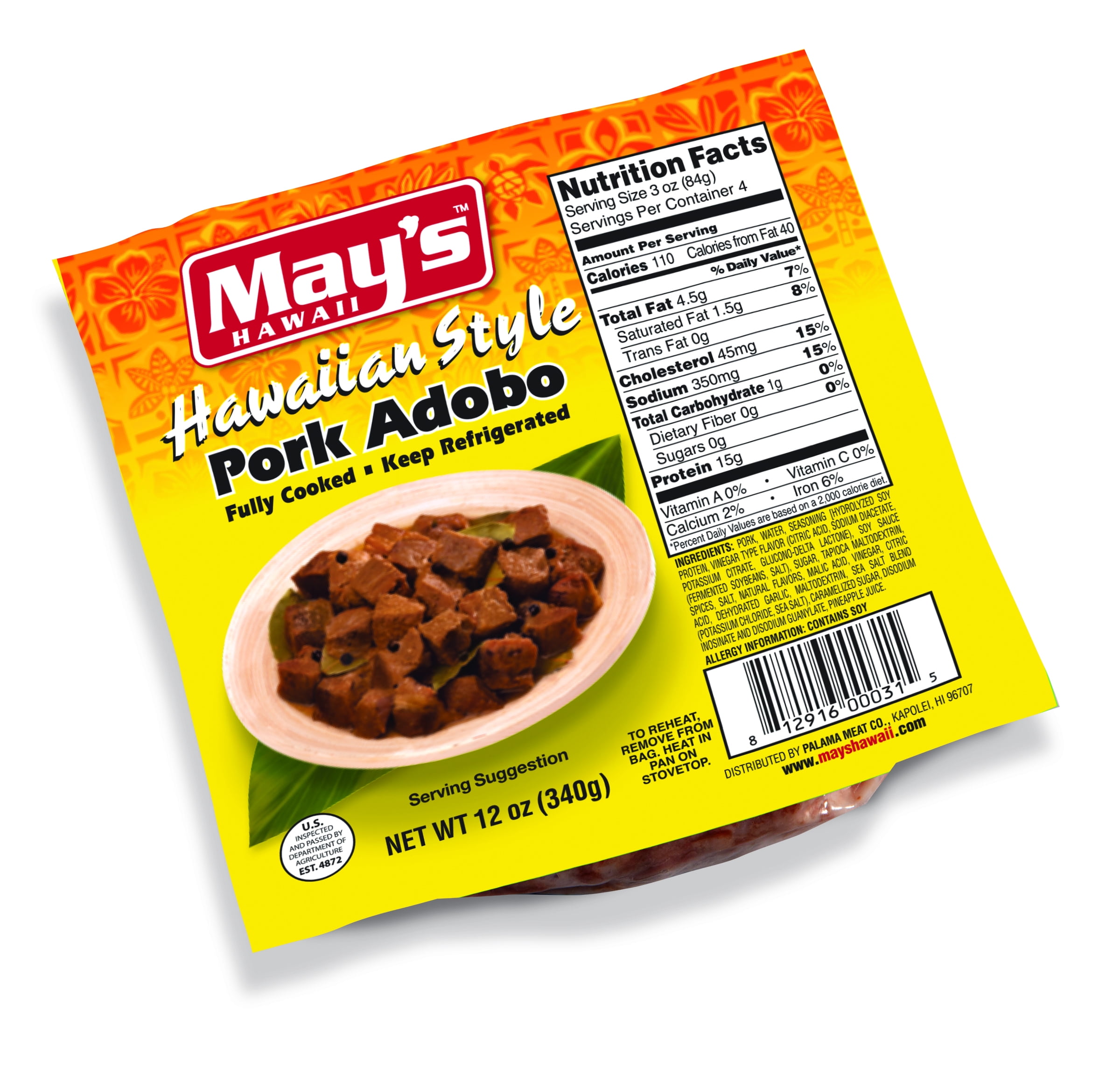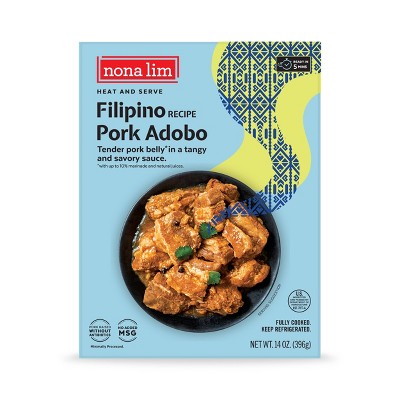Pork Adobo
Pork Adobo is a popular Filipino dish, deeply flavorful and typically composed of succulent pork marinated in vinegar, soy sauce, garlic, and a blend of spices. This gastronomic delight is known for its tender, savory chunks of meat contrasted with the sharp tanginess of its sauce, offering a symphony of flavors with every bite.
For home cooks, Pork Adobo is relatively easy to prepare and can be incorporated into various types of meals or served on its own with rice. This dish is a wonderful crossover of Asian and Hispanic influences, resulting in a universal appeal for both adventurers of taste and comfort-food lovers alike.
12%
CARBS
34%
FAT
54%
PROTEIN
7 Pork Adobo Products
Pork Adobo FAQ
Pork Adobo is a loved Filipino dish noted for its combination of salt, sour, and umami flavours. Given its deliciously strong flavor, it often becomes the star of the dining table. However, creating the perfect Pork Adobo dish will often raise a few questions. Mistakes are often made when choosing the cut of pork, marinating the pork, and in the simmering process. It is important to use the right type of vinegar, as it contributes significantly to achieving the classic Adobo taste.
To get the most out of the dish, try using a fattier cut of pork like belly or shoulder. The fat content keeps the meat moist and adds more flavor. Marinate for at least an hour but overnight is best to really infuse the flavours. When simmering, be patient and let the meat cook slowly to achieve a tender texture. Additionally, caramelizing the meat after simmering adds a nice touch to the dish with a slightly sweet, smoky flavor. A lesser known trick includes adding a leaf of laurel or bay leaf during the simmering process for an added depth of flavour.
What is the best cut of pork to use for adobo?
What type of vinegar should I use?
How long should I marinate the pork?
How do I know when the pork adobo is done?
Can I add other ingredients to my adobo?
Is it necessary to brown the pork before simmering?
What should I serve with the pork adobo?
If I don't have soy sauce, what can I use as a substitute?
Can I use another kind of meat for adobo?
Why is my adobo sauce too oily?
Health Info
Macros
4g
CARBS
12g
FAT
19g
PROTEIN
Allowed on these diets
LOW FAT
HIGH CALCIUM
LOW CARB
LACTOSE FREE
Contains these allergens
SOYBEANS
WHEAT









